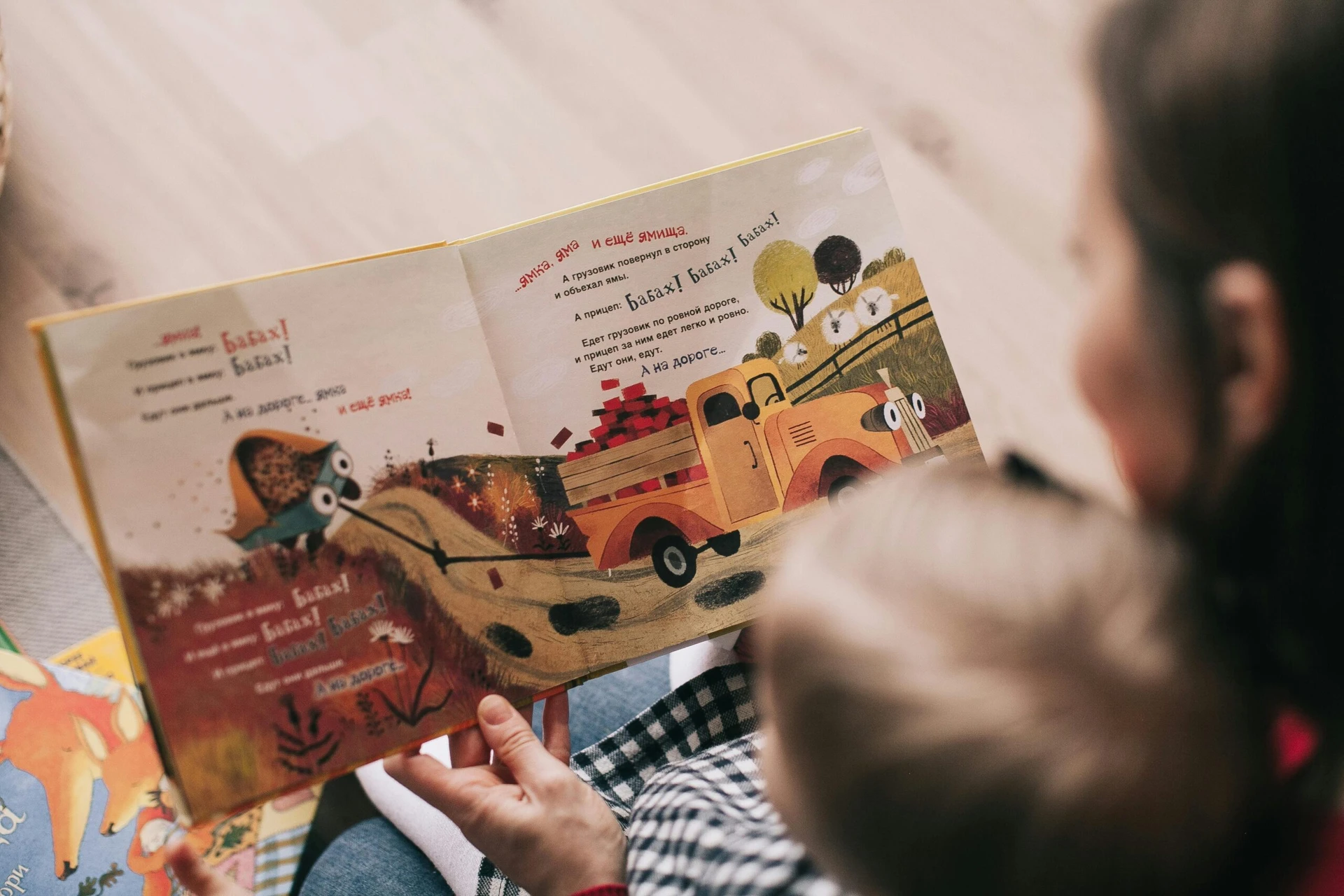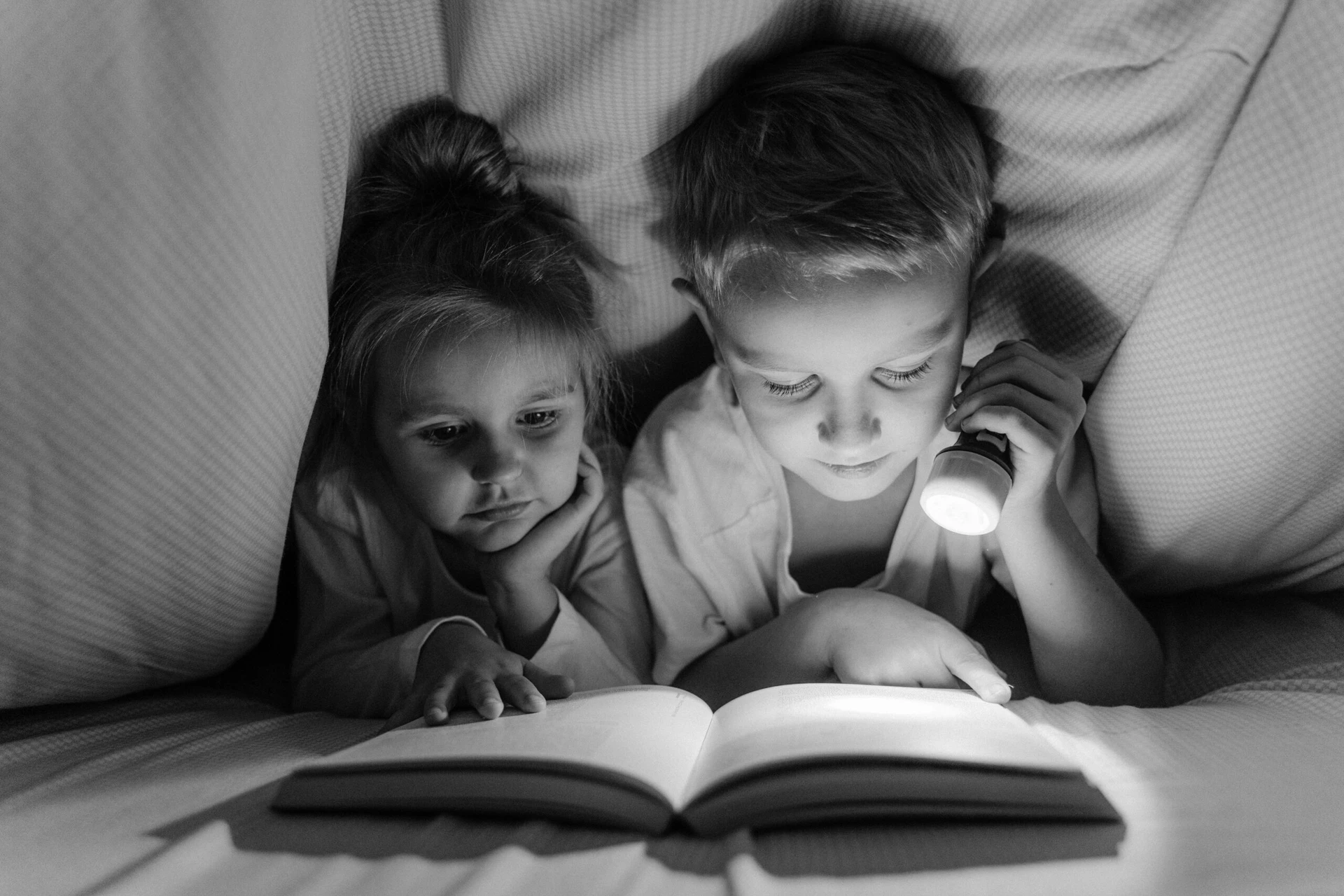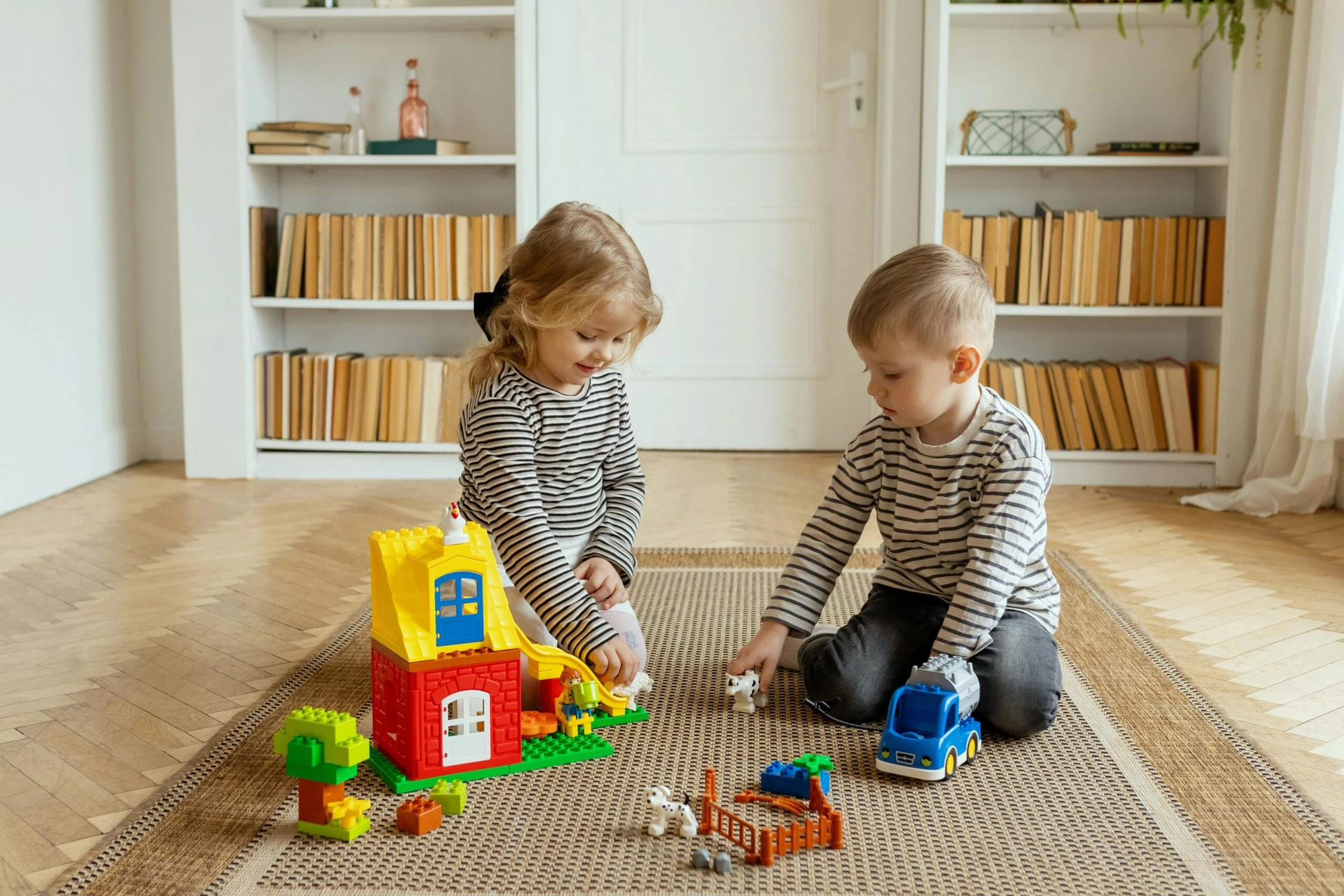Want your child to love books? Discover why a story should be their first love—and how you can make reading joyful and meaningful.
We all had a first love. For some, it was sport, chess, trains, perhaps even art. For many, however, we never forget the first time we fall in love with a book. The moment we found a character that made us laugh, or cry, or feel completely understood. Schools are only so big; sometimes our solace and reflection lie in the imaginary, in the world of the story. And becoming a book-lover is often a lifelong love affair.
Start with Shared Joy: Why Reading Together Matters
Children look up to their parents; they want to be like their mothers and fathers, their first and most powerful role models. Like how a child may pick up the home phone and begin talking to an imaginary person, imitating their mother on a business call, because they want to feel as grown-up and lovely as her.

Sharing an activity with a guardian, feeling connected to them, enriches a child’s experience of that activity. We can only assume, therefore, that parents who share and discuss books with their children make the act of reading not only enjoyable but undeniably more memorable.
Explore All Forms of Storytelling
Not all of us learn by reading black letters on a page; some children want the story brought to life. Having your parent read aloud, speaking in different voices, breathing life into the characters and words, is transcendent. It is important for us to understand that not every child learns the same, and not every child will be captured by the same form of writing.

It is important for us to appreciate that there are many wonderful forms of writing. Reading comics with fantastic drawings and a loud ‘boom!’ or ‘zaaap!’ may capture a child far more actively than a regular novel. Many adults prefer reading comics or manga, so why shouldn’t we provide these same affordances to children?
Let Them Choose: Empowering Young Readers
From research, we know that higher-achieving children often read for leisure in their own time. That isn’t to say we should force children into reading. However, it must be noted that sometimes a lack of wanting to read is less about the activity itself, and more about the way it is marketed. As much as children like to follow their parents, they often reach a stage where they want to feel as if they are choosing something for themselves.

Even in adulthood, we are learning to define ourselves and learn who it is we wish to be. Children are the same, but even more so. At such a young age, we are often identified by the things we like, like the way we spend our time. A child, like an adult, wants to feel like they are defined by themselves, within their own parameters. So, even though we know reading is great for them, we can take on a different approach to engaging them.
Create a Book-Friendly Environment at Home
If you’re reading this, you’re likely passionate about reading and books, and libraries. This makes it even easier for you. Filling your house with books, of all kinds, makes it that much more accessible for a child to start reading and feel as if they have made the choice by themselves. Having books in the home is one of the strongest indicators of academic excellence for children.

Little brains, despite their littleness, are still brains and are often far more capable of understanding complex themes or words than we realise. The books we read at home are like our parents’ albums that we listened to on long drives; they stick with us. They mean something to us, and just because complexity is usually associated with adulthood, it does not mean it is impossible for a child to understand.
Unlock the Magic of Libraries
One of the most wonderful aspects of most communities is access to the public library. Imagine a community space filled with books upon books, for every level. In some libraries, there are even spaces for children, with brightly coloured chairs and books for every age.

The library card is a sign of both independence and freedom, giving children the feeling that they are defining themselves and providing them a silver key unlocking countless other lands and adventures, a key to unbridled knowledge. A silver key that allows them to not only become passionate about a new activity, but also support their brain function, stimulate their imagination, and potentially even become more accepting and aware of diverse stories and ideas.
A Safe First Love: The Lifelong Impact of Reading

We will have many loves in our lives, both romantically and with things that stir something deep within us. Parents are often worried about their child’s initial love, and the safety of their darlings is a priority no matter their age. Rest assured, because there is no safer love, no love more tender and caring, than that found in the weathered, cream pages of their first book.
Join our community of 1.5M readers
Like this story? You'll love our free weekly magazine.








